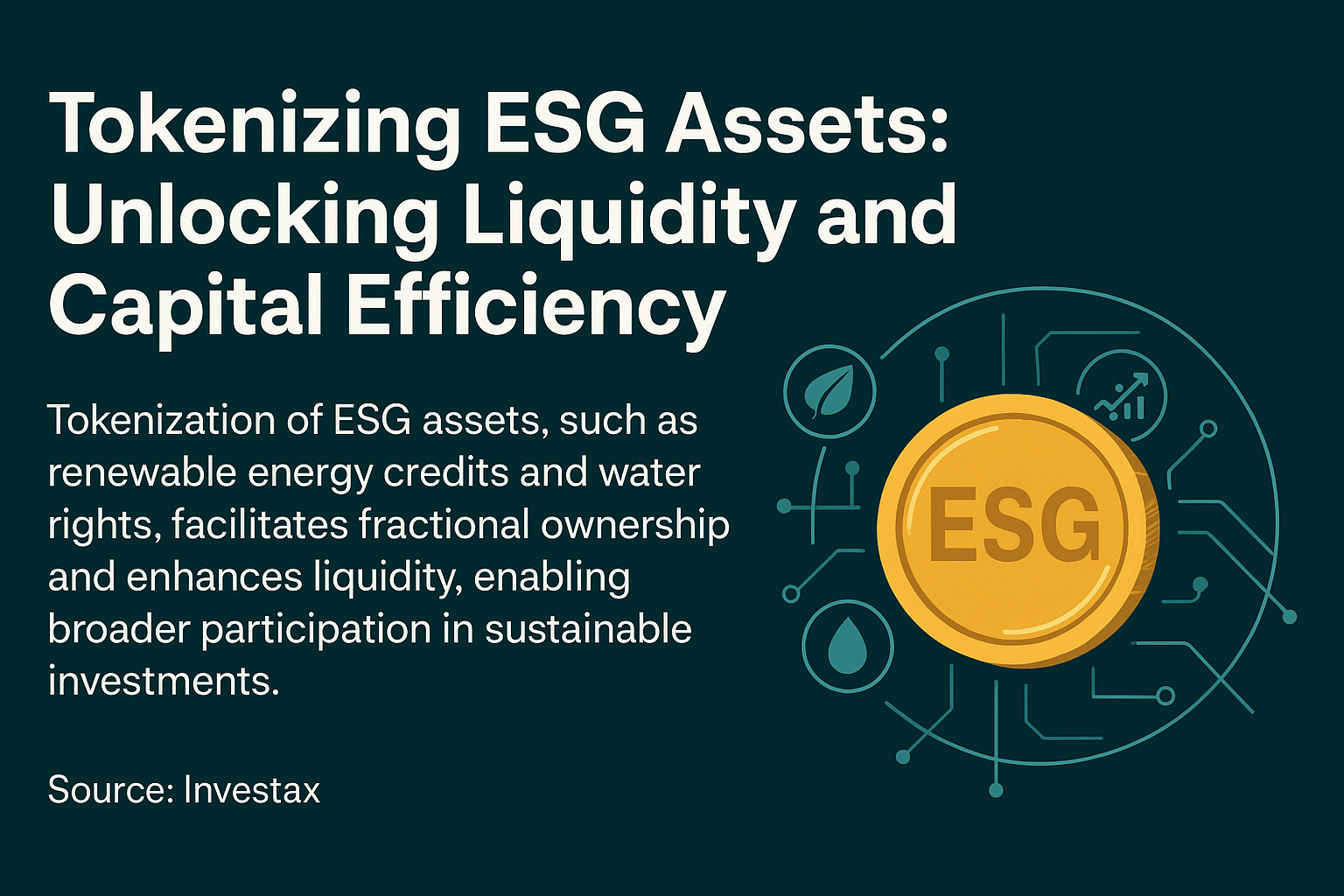In a move that underscores the ongoing convergence of traditional finance and blockchain technology, financial giant State Street is reportedly evaluating the creation of tokenized bonds and money market funds. The initiative would leverage crypto infrastructure to modernize how conventional financial instruments are issued, managed, and traded.
This marks another significant step toward the broader institutional adoption of digital asset technology a trend gaining momentum across global markets.
What Are Tokenized Bonds?
Tokenized bonds are traditional debt securities represented digitally on a blockchain. They maintain the same legal and financial characteristics as regular bonds but offer a number of operational advantages. By placing bond issuance and settlement processes on a blockchain, institutions can:
-
Reduce settlement times from days to near real-time
-
Improve transparency with immutable transaction records
-
Lower administrative and intermediary costs
-
Enable fractional ownership and global accessibility
This makes tokenized bonds especially appealing for large-scale issuers like State Street, which handles over $40 trillion in assets under custody and administration.
Why State Street’s Involvement Matters
State Street’s potential entry into the tokenization space is a strong signal to the market. As a leading custodian bank and service provider to institutional investors, State Street brings regulatory credibility and operational scale to what has mostly been a space dominated by startups and fintech innovators.
If the firm launches tokenized bond offerings, it will likely design them within regulatory-compliant frameworks potentially setting a new standard for how tokenized assets are adopted within traditional finance.
Additionally, its interest in tokenized money market funds shows a pragmatic use case of blockchain. These funds are typically seen as safe, short-term investments. By tokenizing them, State Street could:
-
Allow 24/7 trading access to fund shares
-
Improve reporting and liquidity tracking
-
Lower friction in global fund distribution
The Rise of Real-World Asset Tokenization
State Street’s exploration aligns with a broader shift in financial markets toward real-world asset (RWA) tokenization. From BlackRock to JPMorgan, major institutions are testing or rolling out blockchain-based platforms that digitize everything from private equity to real estate.
The World Economic Forum estimates that up to 10% of global GDP could be stored on blockchains by 2030, with tokenized financial instruments playing a leading role. As such, State Street’s move isn’t just about being early it’s about positioning itself at the center of the next evolution in capital markets.
Balancing Innovation with Regulation
One of the key challenges facing tokenized finance is regulatory clarity. Institutions like State Street operate under strict compliance obligations and can’t afford to experiment recklessly. That’s why any move into tokenization would likely be done in close collaboration with regulatory bodies such as the U.S. SEC and FINRA.
This balance between innovation and compliance is precisely what sets traditional players apart in the digital asset space. By working within existing financial rules while adopting next-gen infrastructure, they can build trust among both institutional and retail investors.
What’s Next for State Street?
While there’s no confirmed timeline for the launch of tokenized bonds or funds, the company’s public acknowledgment of its interest indicates a growing commitment to digital asset transformation. The firm is also expected to enhance its back-end systems and custody services to support these new types of assets.
As market participants watch closely, State Street’s developments could pave the way for broader industry adoption of blockchain in mainstream finance.
A Turning Point for Traditional Finance
State Street’s potential move into tokenized financial instruments marks more than just a technological upgrade—it represents a philosophical shift. The idea that blockchain can coexist and enhance traditional finance is no longer a fringe belief—it’s becoming industry consensus.
With its reputation, resources, and reach, State Street has the power to shape how tokenization is embraced at scale. And as financial institutions seek faster, more transparent, and more inclusive systems, tokenized bonds and funds could be the bridge between legacy systems and the future of finance.




